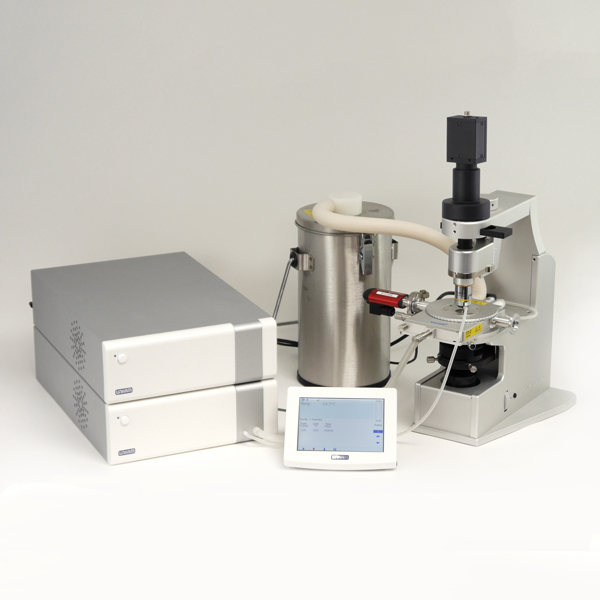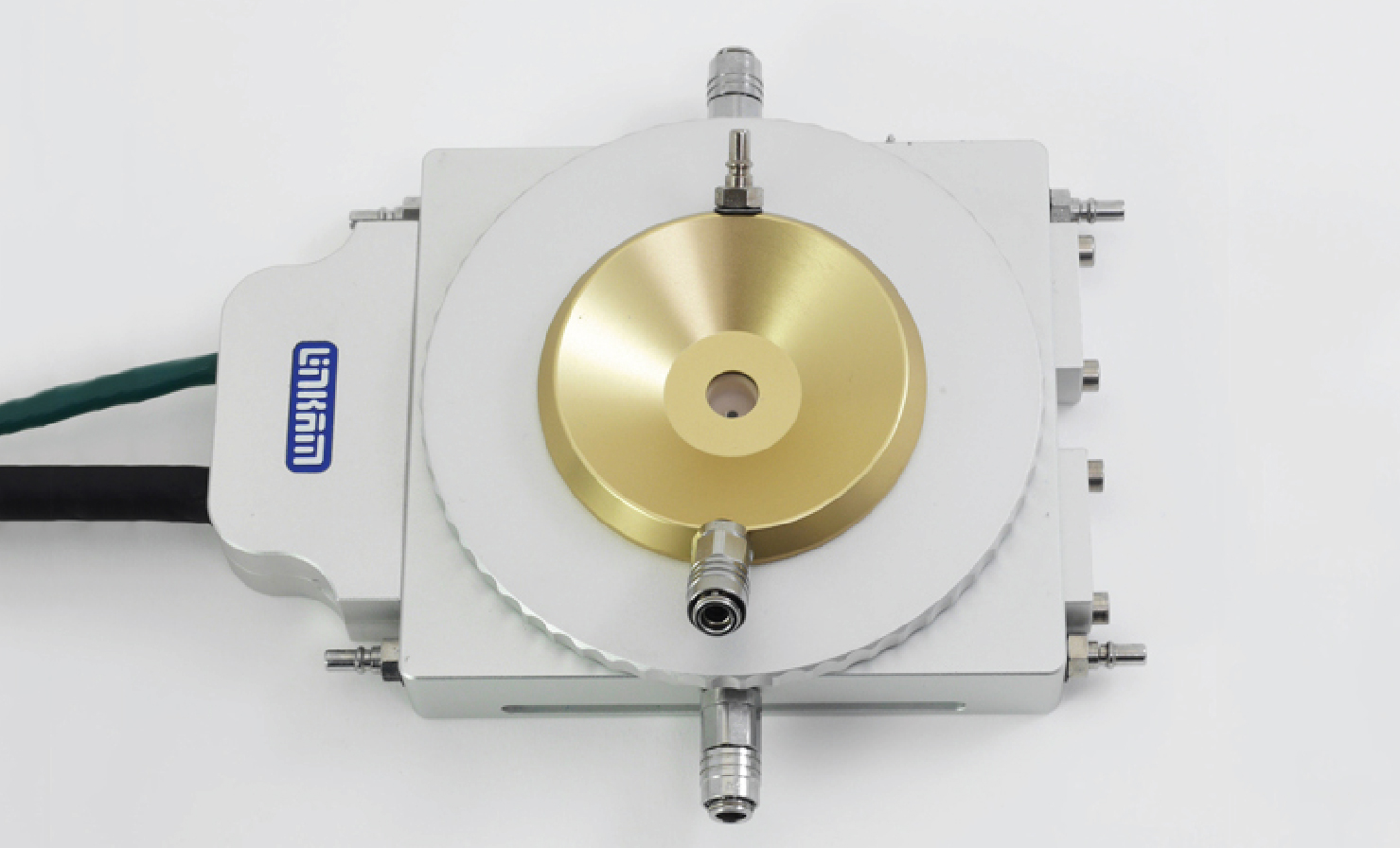Ten Ways You Can Use Linkam Microscope Stages
Thermal microscope stages can be used with microscopes, spectrometers and diffractometers to enable scientists to analyze and characterize materials from polymers to biological tissue; from metals to composites. Here are ten ways in which a Linkam thermal microscope stage can assist you in your research:
- Do you need to control humidity? Linkam is the only thermal stage manufacturer that offers the ability to control humidity. The RH95 controller quickly controls humidity inside a Linkam stage, or any other sealed chamber, up to a volume of 2000cc from 5% – 90%.
- Do you need to test the tensile properties of your sample relative to temperature? The TST350 stage offers the ability to test the tensile strength of your sample with a force range of 0.01N to 200N, while allowing your sample to cool down to -196°C and heat up to 350°C.
- Are you interested in the rheological properties of fluids, phase separations, polymer blends, or liquid crystals? The CSS450 stage allows you to directly observe structural dynamics of complex fluids via a standard optical microscope while under precise temperature and shear control.
- How low do you need to go? Liquid nitrogen temperature of your sample is easily achieved with most Linkam stages, allowing you to study the effect of temperatures as low as -196°C on your sample.
- How high of a temperature do you need to achieve? Linkam makes high temperature stages that can reach up to 1500°C. Outfit these stages with electrical and vacuum ports and expand your research.
- Can conductive gases be used? Yes. The CCR1000 stage is the only thermal stage on the market designed to study catalytic reactions at high temperature and pressure. Highly corrosive gases can be used—even highly conductive gases such as helium—without compromising temperature performance.
- Are you evaluating the performance of microelectromechanical (MEMS) devices? MEMS/wafer/electrical measurements can be accomplished, and Linkam offers a range of different stages designed to study electrical properties of a sample. Stages are fitted with tungsten needle probes or contact posts, and either BNC or Lemo output connectors.
- Do you need to take differential scanning calorimeter (DSC) measurements? The optical DSC450 system has been optimized to measure the transition temperatures and enthalpy changes of a sample. The design allows mounting of the stage on a microscope, enabling image and time lapse recording of sample transitions at high resolution.
- Do you need to maintain chamber pressure to investigate the freeze dried structure of complex samples? Vacuum control is simple with the FDCS196, THMS350V and TS1500 stages. Pressures as low as 10-3 mbar can be achieved using a simple 1.5L rotary vacuum pump.

The FDCS196 stage, pictured with the McCrone Freeze Dry System. - Can I perform correlative microscopy with a Linkam thermal stage? Yes, the CMS196 is a self-contained cryo sample observation system. Automatic filling of the sample chamber with liquid nitrogen keeps the sample vitrified at a constant -196°C. An integrated XY stage with optical encoders offers high precision movement and position readout of better than 1 um.
McCrone Microscopes & Accessories offers all of these exciting Linkam thermal microscope systems. Let us know how we can help expand your research.

Comments
add comment